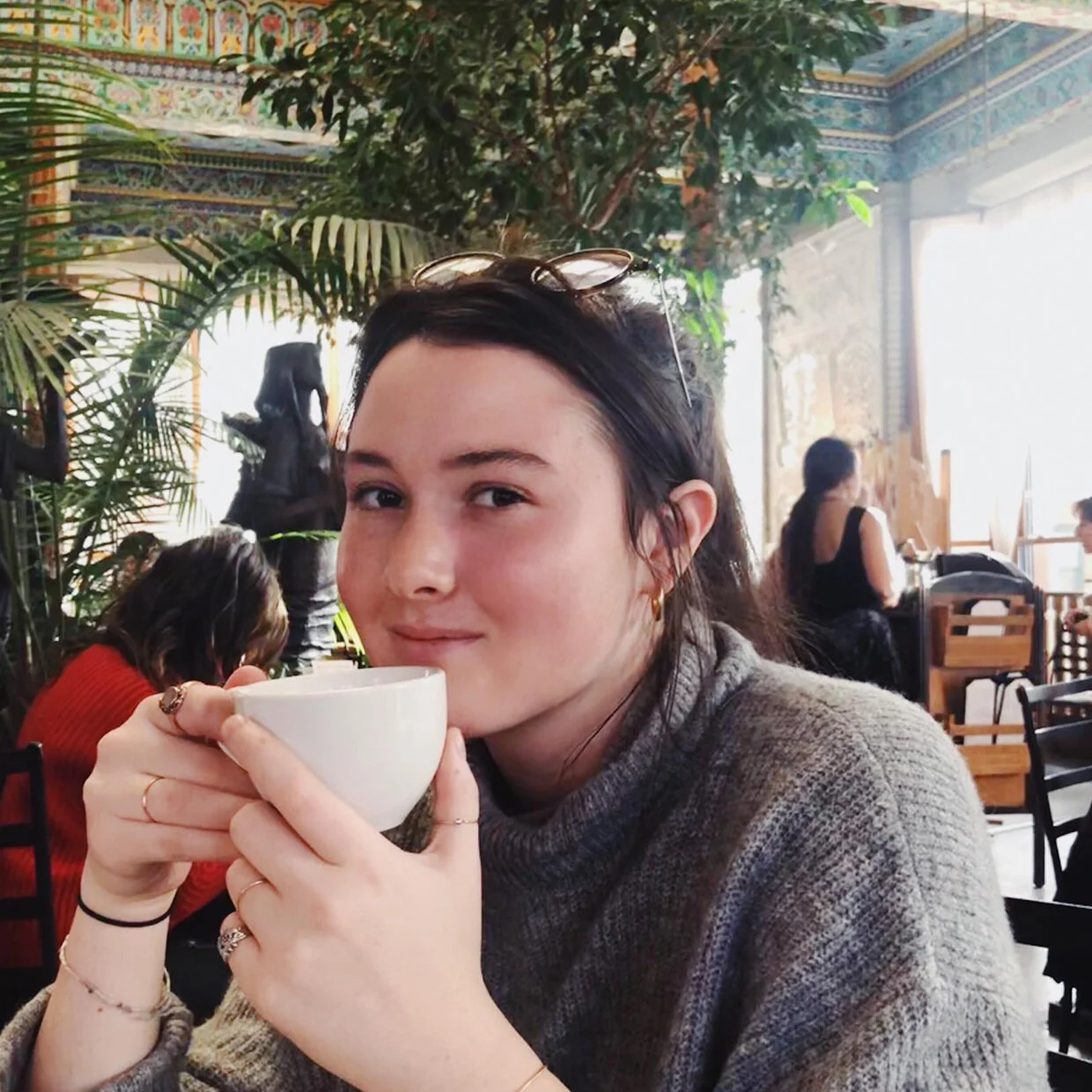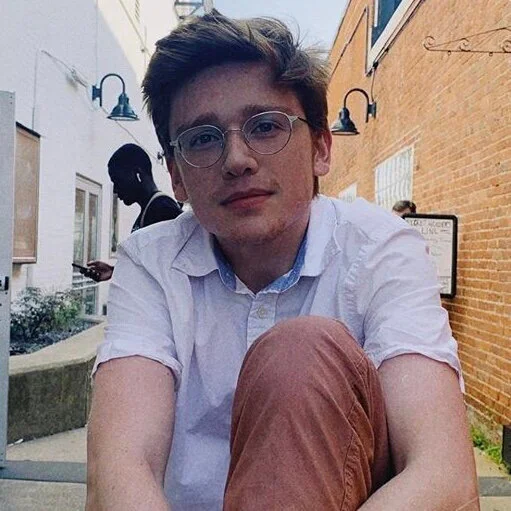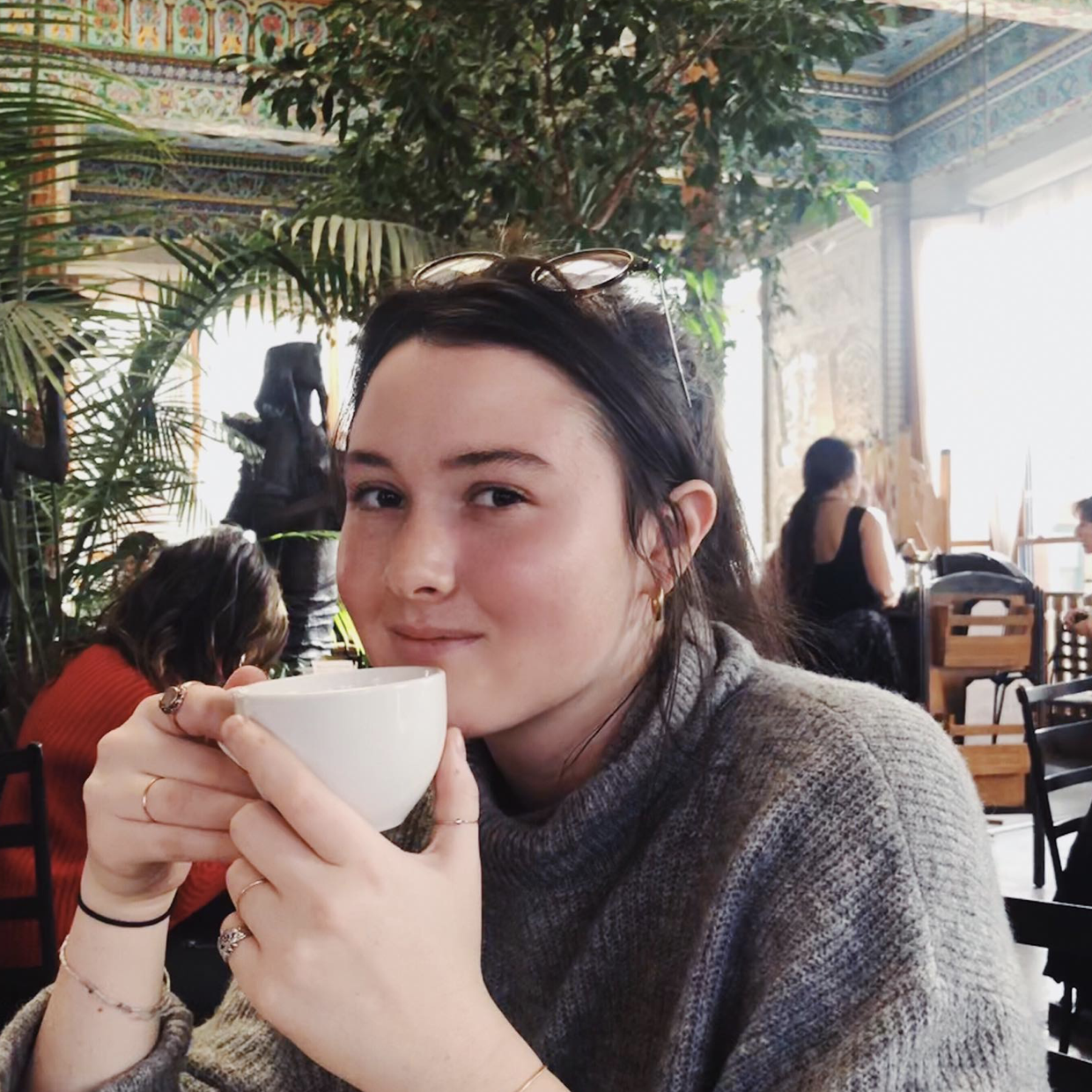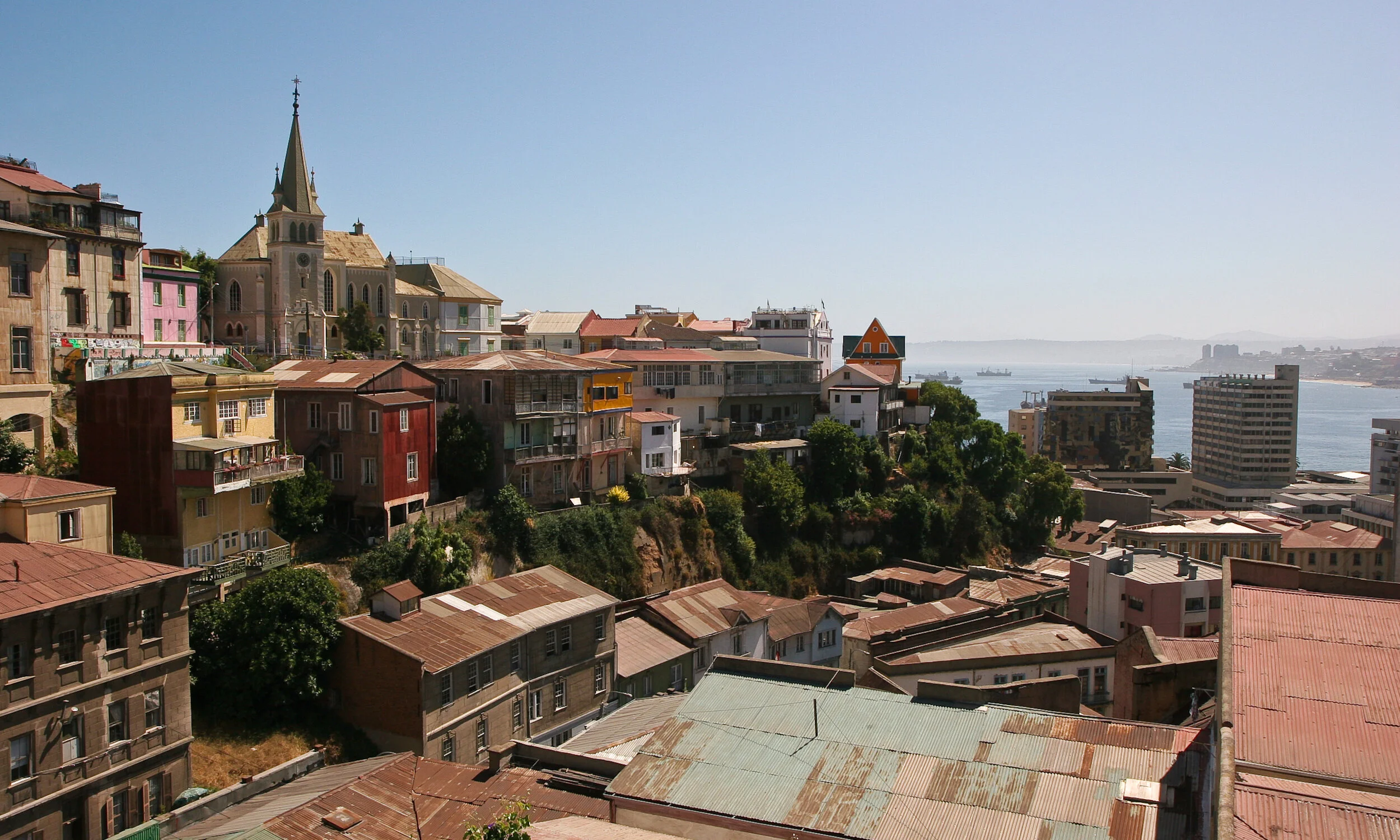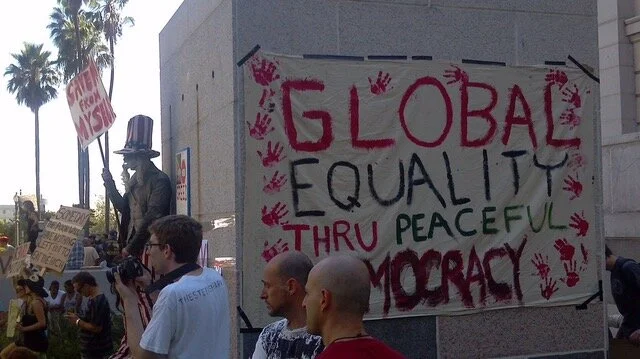On Oct. 25, Chileans voted to draft a new constitution following reform protests in late 2019 and a delayed referendum which was originally scheduled to take place in April. The referendum, which saw 78% of voters support a new constitution, serves as a conclusion to one of the remaining relics from Augusto Pinochet’s dictatorship.
Chile is a South American country home to over 18 million people, and is memorable for its distinct, long and narrow shape. Within Latin America, Chile is considered one of the most developed countries, as it maintains a high gross domestic product, a high safety index, and more recently, a relatively low number of COVID-19 cases in comparison to nearby Argentina, Brazil, Peru and Colombia.
Beginning with protests against a subway fare hike in October 2019, millions of Chileans quickly took to the streets demanding a new constitution in response to the rising economic inequality in the country. In a November 2019 New York Times article, activist Javiera López Layana explained that, "When we’re in debt, living in misery and impoverished, we don’t necessarily think of the constitution. But in the end, we need to make changes.”
The changes that López refers to are toward social and economic inequality which have been brought on or maintained by the 1980 constitution, which was implemented during Augusto Pinochet’s military regime. The legitimacy of this constitution was hotly contested when it was first adopted, as Pinochet hand-picked members for the constitutional commission in charge of drafting the document rather than having them selected by popular vote.
The Pinochet dictatorship came to an end in 1989, and the constitution has since been reformed on a number of occasions as the country transitioned to a democracy. These reforms notably included several amendments adopted in 2005 which reduced the length of a presidential term from six to four years and reduced the military’s influence on politics.
In addition to the reforms, calls for a new constitution have occurred as recently as the mid 2010s. In 2013, former President Michelle Bachelet was elected to a second presidential term, running on a platform which promised to draft a new constitution which would address education, tax reform and economic inequality.
Shortly after taking office, however, over 100,000 Chileans took to the streets to demand that President Bachelet stay true to her campaign’s promises in an event called the “March of All Marches.” While these protests showed that a large portion of the Chilean electorate was ready for a new constitution, Bachelet would ultimately leave office in 2018 not having fulfilled the promise of a new, more equitable constitution.
While some changes in the early 2000’s and the subsequent protests were promising, the Chilean Constitution as it stands today has left much to be desired for many Chileans. While Chile retains the highest GDP per capita of any South American country, it also has one of the highest levels of income inequality among developed countries.
Fernando Atria, a constitutional law professor at the University of Chile, explained in a recent interview with The New York Times the nature of the reforms needed in a new constitution.
“Chile’s Constitution is neoliberal in nature, and its basic role is to guarantee conditions for the free market, even in traditional social areas such as education, health and social security,” Atria said. “What we need is a constitution that guarantees social rights more than market conditions.”
Atria’s insight on Chile’s constitution reflects a growing movement within the nation to demand an intersectional approach to equality; one which allows for both economic freedoms and guarantees of social justice.
While it is unclear what changes will be made in the new constitution, it is certain that Chileans seek for the new document to be drafted as democratically as possible. The Oct. 25 referendum also saw voters decide that the new constitution will be drafted by a body which will be 100% elected by popular vote, rather than one composed of half citizens and half current members of congress. This is a notable departure from the composition of Pinochet’s hand-picked constitutional commission in the 1980s.
Chileans will return to the polls on April 11, 2021, to vote for 155 people to draft the new constitution, which will take place during a nine-month-long convention. The newly drafted constitution will then be returned to voters in 2022 in one final vote to either accept or reject the document.



















